The problem with virtual user interfaces is that they are usually way more complex than the user interface design that we see in many of our real life physical objects. Physical objects are usually way more straightforward, and they don’t really need a visual point of view to be operated. When it comes to the virtual user interface design for most applications and software, they are usually visually driven. That is something the MIT Media Lab’s Fluid Interfaces Group is working hard to solve.
The goal is to create a virtual layer on top of your physical object interactivity user interface design. This basically means that with the help of augmented reality, you will have more options added to that knob or button that is already present on your radio, remote control or whatever else it is. You will get a whole new palette of features that virtually and instantly tweak, change and alter the settings on the physical object itself. It’s an intriguing thought, and one that will potentially mean that we can add more features to any object, just like the smartphone introduced when it was first released.
These new Smart Objects, as they are called, are easily accomplished by adding a processor and a WiFi component to the physical object itself. That way, when you look at the current device through your mobile device, you will be able to interact with it through the added user interface design that comes up on the screen. It’s a brilliant solution, there’s no doubt about it. Imagine looking at your microwave through your smartphone and being able to instantly add new apps and features to it without having to go to the store to buy a new one. It could be explained as the ultimate product design. A design like this could always be added to, redesigned and updated in order to make the user feel like he or she has more of an impact on how they want to use the device.
For too long, we have been at the mercy of product designers when it comes to what our devices can do. This new user interface design process will enable us to put whatever features we want into our everyday products. That is something that I think most people will find a whole lot more intriguing than your average and ordinary device that you constantly have to upgrade by physically replacing the one that you already have.
Fluid Interfaces Group’s User Interface Design
Via: [Core77]
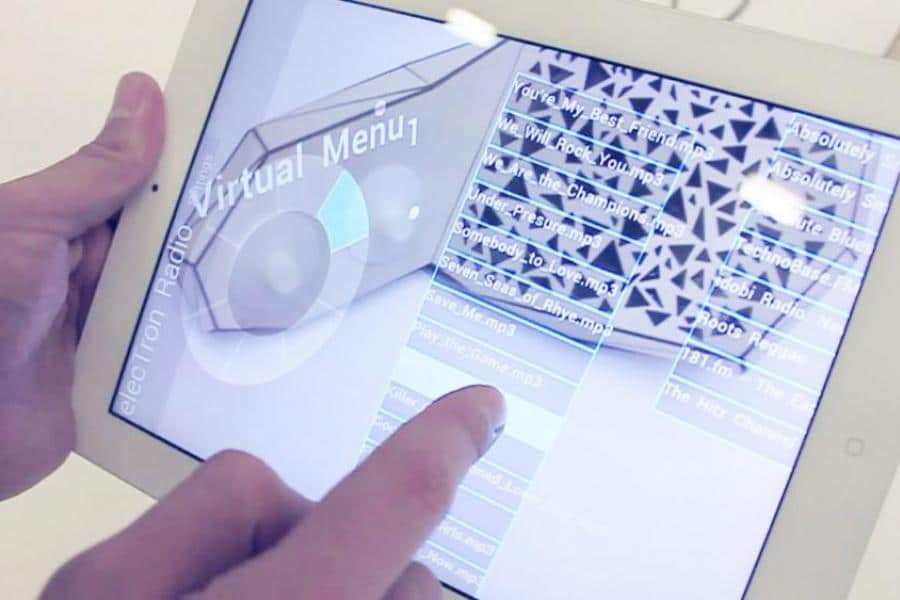
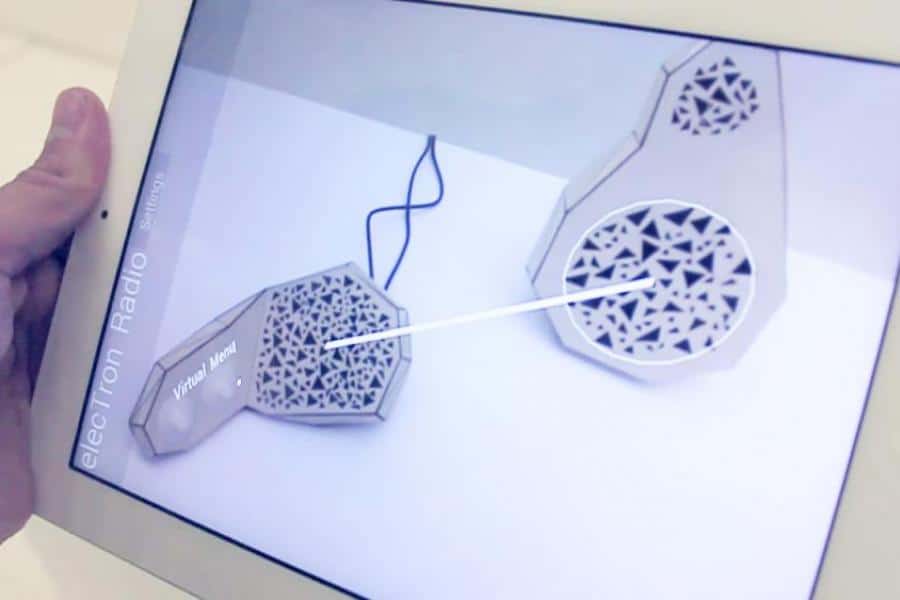
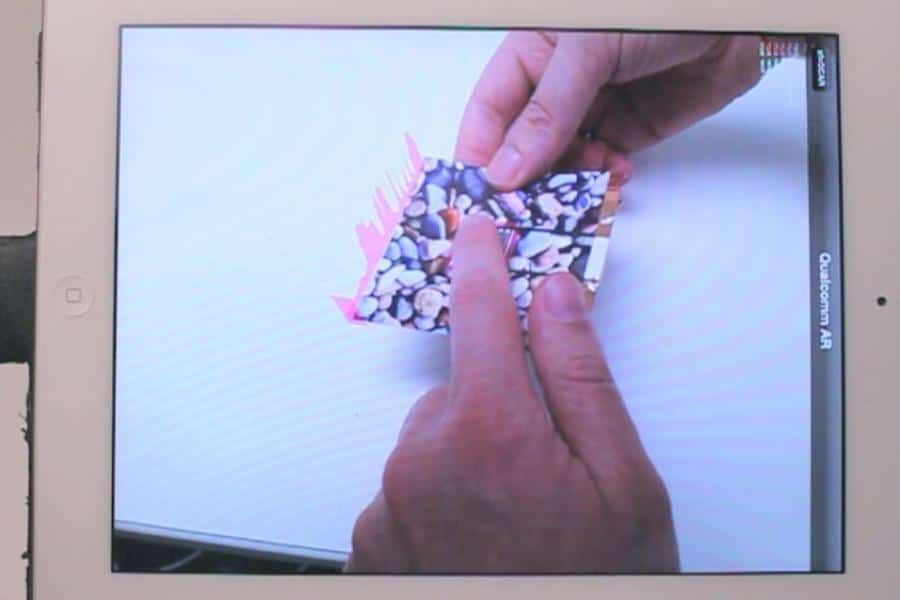

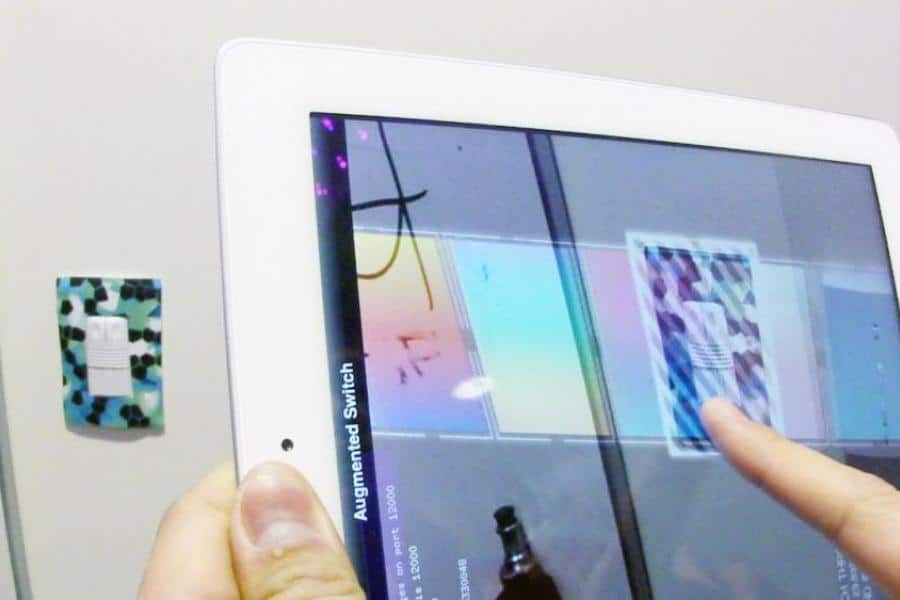
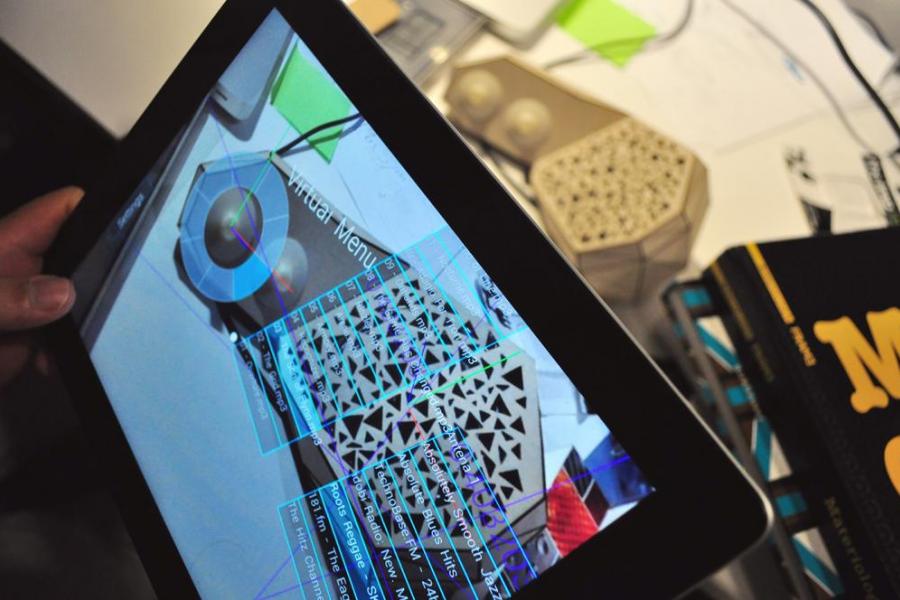
COMMENTS